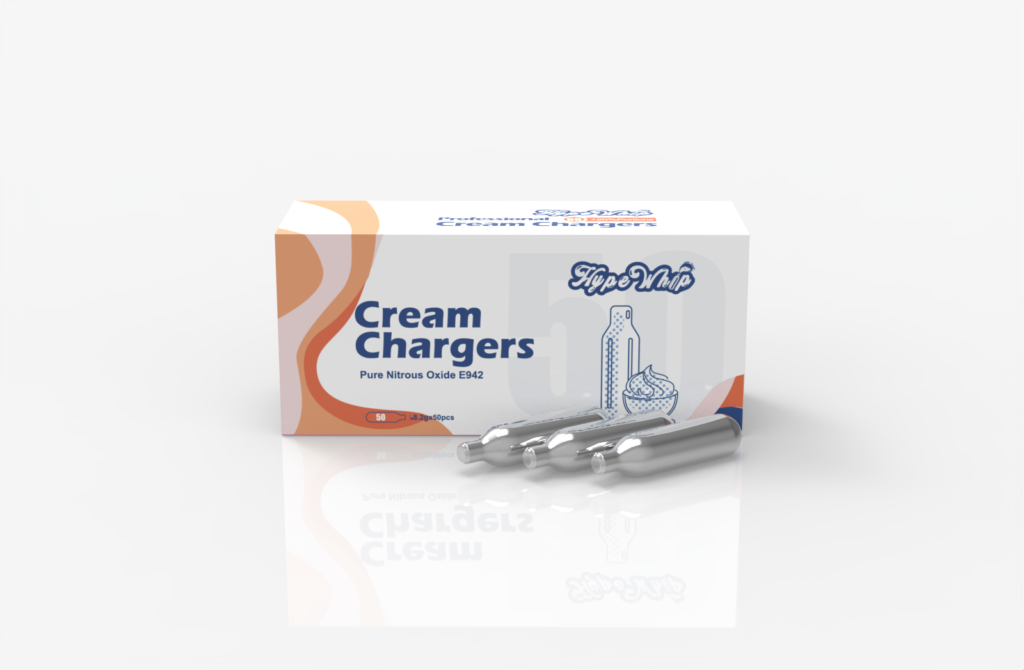The Impact of Cream Chargers on the Dairy Industry
The dairy industry has been a mainstay of global agriculture for centuries, producing a myriad of products that are integral

In recent years, there has been a noticeable uptick in the use of nitrous oxide, colloquially known as ‘Nangs’, among the youth. This trend, while not entirely new, has surged in popularity, prompting a much-needed sociological perspective on its development and implications.
Nangs, also known as whip-its, whippets, or laughing gas, are small metal canisters filled with nitrous oxide. They are primarily used in the culinary world to whip cream, but have found their way into the recreational drug scene due to their psychoactive effects when inhaled. The Ben Chargers website provides a comprehensive overview of these canisters and their legitimate uses.
There are several societal factors contributing to the rising popularity of Nangs among youths. Firstly, ease of access plays a significant role. Nangs can be easily procured online and delivered discreetly, making them conveniently accessible.
Secondly, the normalization of drug use in pop culture and media has led to an increased acceptance of recreational drugs. This factor, in conjunction with the perceived “harmlessness” of Nangs due to their association with culinary applications, has created a false sense of safety among users.
Lastly, the economic downturn and the psychological impact of recent global events have increased stress levels among young people, pushing them towards cheap, easily accessible forms of escapism, such as Nangs.
Despite the misconceptions regarding their harmlessness, Nangs can have severe health consequences, including neurological damage, hypoxia, and in severe cases, death. In a recent study, nitrous oxide was linked to significant psychiatric and neurological damage in recreational users.
The rising popularity of Nangs among youths is a multifaceted issue with far-reaching societal implications. It is crucial for public health officials, educators, and parents to understand these factors to address this trend effectively. More importantly, efforts should be made to debunk the myths surrounding the safety of Nangs and to educate the youth about their potential risks.
The challenge is not just about regulation or imposing stricter controls. It is about fostering an environment where informed choices can be made and where the pressures leading to such behaviors are recognized and addressed. As we navigate these complexities, let’s strive to create a climate of understanding, empathy, and education.
The dairy industry has been a mainstay of global agriculture for centuries, producing a myriad of products that are integral
In the heart of Brisbane, the demand for cream chargers, often referred to as ‘whipped cream chargers’, is rising. They
Home-baking has come a long way, with numerous innovations that have elevated the experience and the outcomes. One such game-changer
Delivery Opening hours
Brisbane
Mon-Thur 11:00am-2:00am
Fri-Sat 10:00am-2:00am
Sun 11:00am-2:00am
Gold Coast
CLOSED PERMANENTLY
